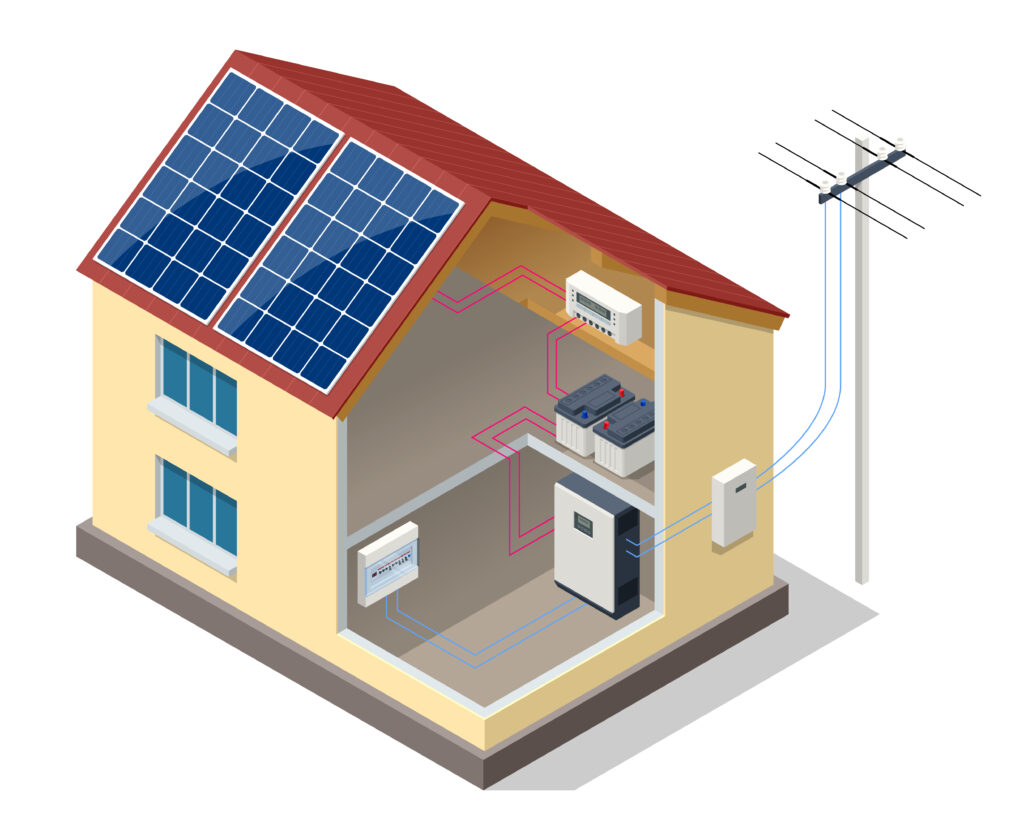Story by Alysha Carusi
Last year, the California Institute of Technology (Caltech) launched its first space-based solar power transmitter called MAPLE (Microwave Array for Power-transfer Low-orbit Experiment) that successfully collected solar power despite the harsh conditions of space.
The transmitter has even been programmed “to direct its energy toward Earth, which has been detected here at Caltech,” the research institute reported.
This technology presents exciting progress and opportunities, not only in the first-of-its-kind nature and surprising success, but also in the reality that during periods of extensive cloud coverage and climate change knocking out power lines, MAPLE can beam solar energy down to grids on Earth 24/7 with little to no emissions released!
Technology like MAPLE is tapping into the unlimited solar energy supply in outer space and the innovative possibilities that lie in the science of solar and adoption of electrification Electrification Electrification refers to the process of replacing technologies that use fossil fuels (natural gas, coal, oil) with technologies that use electricity as a source of energy. Therefore, electrification means nothing has to burn, and no emissions are released. on Earth.
How do solar systems make energy?
In a similar way that our skin turns sun rays into vitamin D through dermal vitamin synthesis of photons, solar panel materials turn sunlight into energy through the conversion of electrons.
Both human skin and solar panels work through a circuit to transmit the energy created.
In a human, UVB rays are absorbed and turn into vitamin D3 photons, which initiate a chemical reaction in the kidneys and liver to convert sunlight to its final form, calcitriol: an essential nutrient that helps power our bodies.
Solar panels
See more →
Solar panels are made out of photovoltaic cells and layers of silicon. Each layer has different electric properties that energize when hit by sunlight. This is called the photoelectric effect – and creates the current needed to produce electricity.
Solar panels are also very safe. There’s no danger of the photovoltaic cells leaking or emitting any toxins or fumes.
Inverter
See more →
The inverter's role is to convert the direct-current (DC) electricity from the solar panel to an alternating current (AC), which can then be used to power your home!
Electrical panel
See more →
The electrical panel has two functions: it receives electricity and carries power to various outlets and fixtures within your home; and it prevents fire-causing overloads.
Bi-directional meter
See more →
In addition to powering your house, excess electricity generated from solar panels (especially during summer) can be fed back to the power grid.
One could make the analogy of a similar reaction in solar panels, when sunlight is absorbed by the Earth's most abundant semiconductor, silicon, and a charge is created to transmit electrons through a circuit, creating electricity that can power anything plugged into an outlet.
A single solar panel creates approximately 1.5kWh of electricity for use, which is typically enough electricity to charge a cellphone.
All of this makes solar energy one of the most astronomical advancements and opportunities on Earth today.
Not only does electrification provide practical solutions, it also presents many opportunities for creative innovation and adoption of a new normal on the West Coast.
As Chris Palliser, from Shift Energy Group BC says, “The USA acts as a crystal ball for where we can go with our renewable energy shift, since every new build in California is required to have solar power.”
Curious for more science behind the energy of climate change?
Explore solutions for regenerating our planet on Change Reaction.

